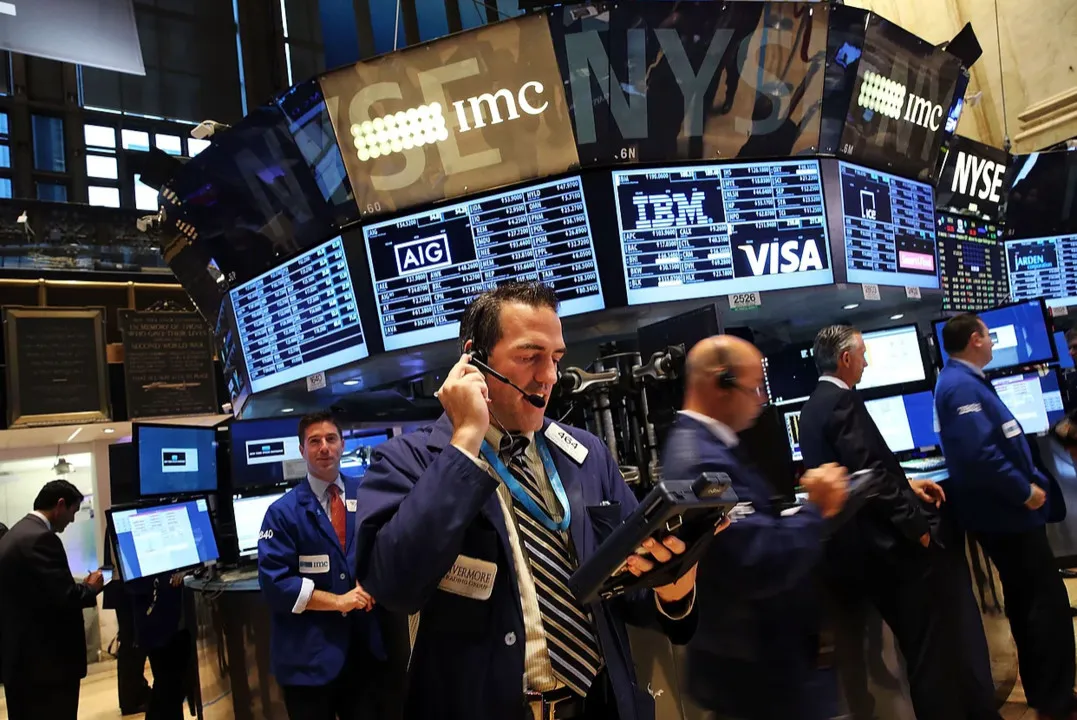The Federal Reserve’s annual Jackson Hole gathering is typically a low-key event where central bankers dive into complex economic topics and enjoy the scenic backdrop of the Grand Teton. This year, however, the tone was far from relaxed. The conference, which concluded Saturday, underscored just how challenging the road ahead is for the U.S. central bank.
On Friday, Fed Chair Jerome Powell used his highly anticipated speech to hint that an interest rate cut could come as soon as the next policy meeting in September. Still, divisions within the Fed are becoming increasingly apparent over whether that’s the right move.
Powell himself acknowledged the tricky landscape policymakers are navigating, calling it a “challenging situation.”
The central bank faces a dilemma: inflation remains stubbornly above its 2% target and appears to be rising again, while the labor market is starting to show cracks. These opposing forces make decision-making even harder, especially amid uncertainty about how both trends will play out over the next several months.
“We’re seeing a lot of cross-currents in a very difficult environment,” Chicago Fed President Austan Goolsbee told reporters at the event. “Getting the timing right during periods of transition is the hardest part of the job.”
Political pressure on the Fed is adding another layer of complexity. As President Donald Trump pushes for lower interest rates, he has stepped up his attempts to influence the central bank. During Powell’s speech Friday, Trump threatened to fire Fed Governor Lisa Cook if she refused to resign amid allegations of mortgage fraud.
Security at this year’s event was noticeably heightened, with officers from the Fed Police, U.S. Park Police, and local sheriffs patrolling in military-style gear. Earlier Friday, officers escorted away activist James Fishback after he confronted Cook about the allegations.
In what could be his final Jackson Hole address as Fed chair, Powell outlined the mixed economic signals complicating the policy outlook. He acknowledged tariffs are now affecting prices but questioned whether this would spark persistent inflation. Powell also described the labor market as “curious,” with both worker demand and supply declining.
Despite these uncertainties, Powell left the door open for a September rate cut, though his tone was more cautious compared to last year, when support for cuts was broad and inflation concerns were minimal.
Recent data adds to the uncertainty. Inflation remains above the 2% target, and some measures suggest price pressures are spreading beyond tariff-affected goods. Meanwhile, hiring has slowed sharply this summer, even as unemployment remains low.
With the outlook still unclear, divisions among policymakers are deepening. Two officials dissented at the July meeting when rates were left unchanged, and similar disagreements are likely if the Fed moves to cut next month. The debate could intensify further as Trump appoints new members and Powell’s term ends in May.
While politics wasn’t a formal topic during the sessions, it loomed large in private conversations over coffee and meals. Karen Dynan, a Harvard economist and frequent Jackson Hole attendee, said she wasn’t surprised policymakers avoided political discussions. Still, she praised the emphasis on data-driven research:
“This year really underscores how critical it is to rely on rigorous economic analysis rather than intuition or closed networks,” Dynan noted.
One major development received less fanfare: the unveiling of a revised policy framework. This new guide replaces the 2020 version that focused heavily on persistently low inflation a pre-pandemic concern. The updated strategy re-centers the Fed’s core mandates of maximum employment and stable prices.
“Powell made it clear the Fed’s mission is about inflation and unemployment and that requires independence,” said Carolin Pflueger, a University of Chicago policy professor.
Powell’s message resonated well beyond U.S. borders. He received a standing ovation from international economists and policymakers, reflecting broad support for central bank independence. Global markets also reacted: the euro rose 1% against the dollar following his remarks, adding pressure to already-low euro-area inflation forecasts.
“If a Fed rate cut signals slower U.S. growth, it likely means weaker growth globally given the U.S.’s economic weight,” explained Maurice Obstfeld, a senior fellow at the Peterson Institute and former IMF chief economist.

Subscribe to our newsletter!
As a leading independent research provider, TradeAlgo keeps you connected from anywhere.








